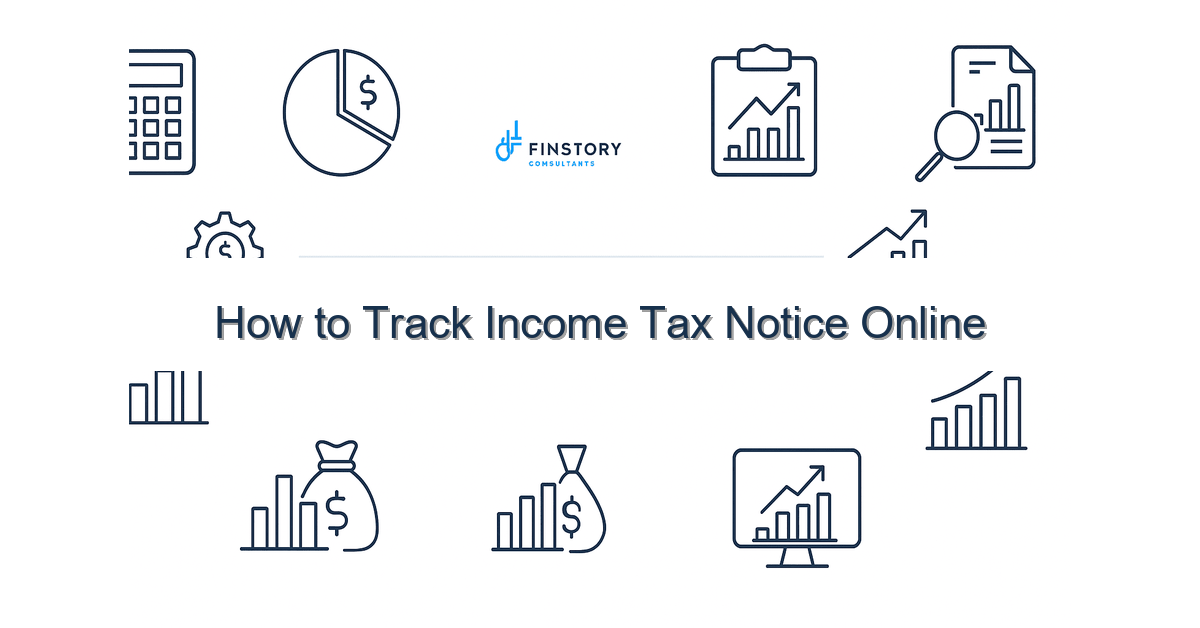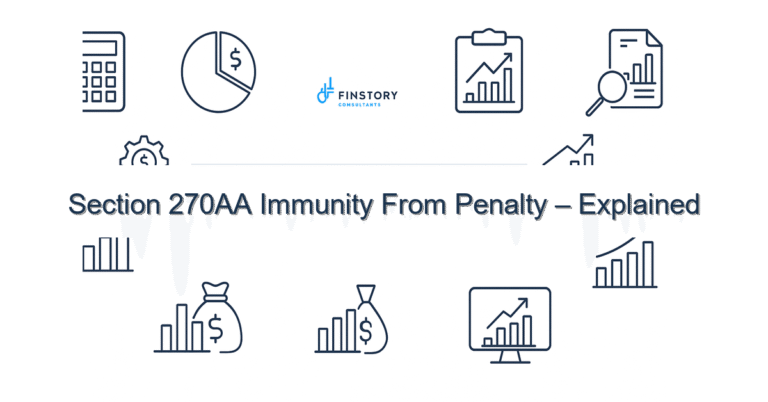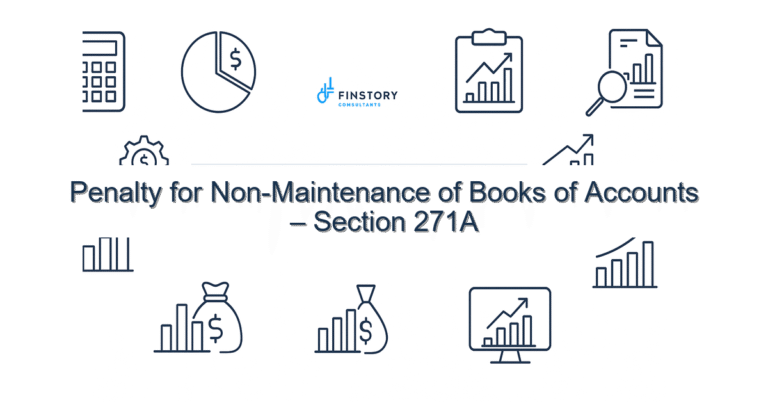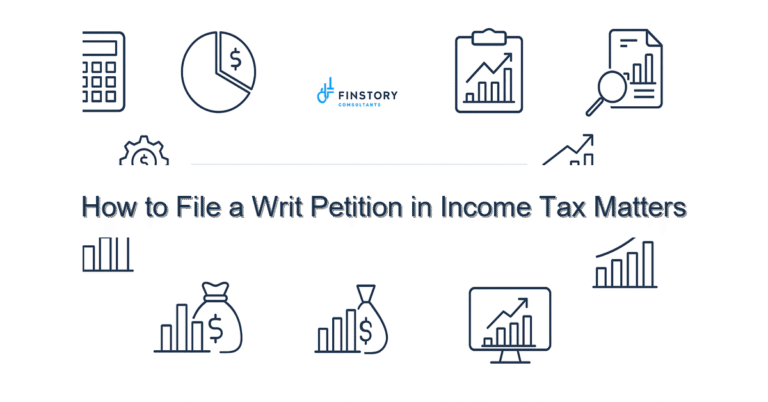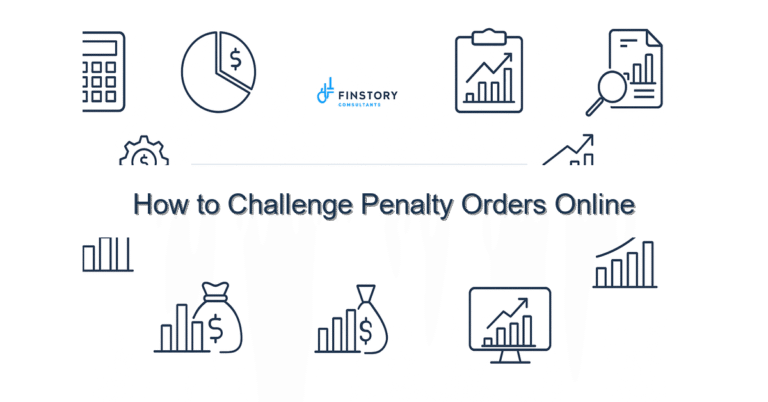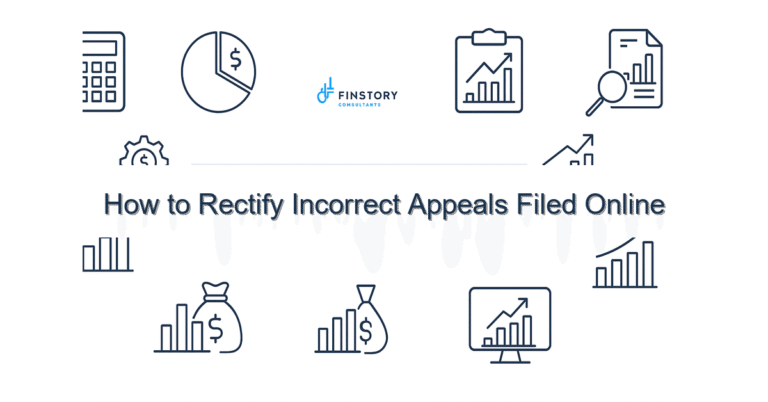How to Track Income Tax Notice Online
Getting an income tax notice can feel like a punch in the gut — whether you’re a salaried employee, a professional, a founder or run an MSME. The good news: most notices are routine and can be tracked and handled online if you know where to look and what to verify.
Summary: The most important takeaway is to stop treating notices as surprises. Use the Income Tax Department e‑filing portal, AIS/26AS and TRACES to locate the notice, reconcile TDS/TCS and income entries, respond within the stipulated time, and get expert help before paying or admitting liability. Knowing this reduces penalties, prevents escalation, and keeps your ITR filing last date and compliance cycles clean. [link:ITR guide]
What’s the real problem in India?
- Mismatch between reported income, TDS/TCS and credits in AIS/26AS often triggers automated notices (discrepancy notices under Section 143(1), demand notices, or notices for defective return).
- Many taxpayers don’t know the difference between AY/PY, the portal messages, or which form (Form 26AS, AIS) to check.
- Delays in responding can attract interest (234A/234B/234C) or penalties; CBDT timelines and automated systems mean delays are costly.
- Multiple sources of income — salary, capital gains (with indexation questions), freelance invoices, TDS on contractor payments, or TDS/TCS on sale — increase complexity.
Symptoms
- You received an email/sms about an e‑notice but can’t find it after login.
- Your tax paid in Form 26AS doesn’t match Form 16 or bank credits.
- The notice mentions a demand amount you don’t recognise.
- You’re unsure how the notice affects ITR filing last date, or your choice between new vs old regime slabs for the year.
What people get wrong
- Panic-paying a demand without verifying the claim or reconciling AIS/26AS and TDS/TCS entries.
- Assuming the notice is spam and ignoring a legally valid communication from the Income Tax Department e‑filing portal.
- Rushing to file a revised return without checking whether a reply/rectification would suffice.
- Overlooking simple fixes — like a missed TDS credit in Form 26AS or omitted capital gains indexation — that can nullify the demand.
A better approach
Follow this 5‑step framework. It’s practical and works for salaried taxpayers, professionals, founders and MSMEs.
- 1. Locate the notice online: Log in to the Income Tax Department e‑filing portal (your registered PAN login). Check ‘e‑Prosecution / e‑Proceedings’ and ‘Inbox’ for communications. Notices appear against the relevant AY/PY.
- 2. Read and classify: Note the section and nature — discrepancy (143(1)), demand, scrutiny (143(2)), or defective (139(9)). Note the deadline and reference number.
- 3. Reconcile AIS/26AS and records: Pull your AIS/26AS and Form 26AS on TRACES. Match TDS/TCS, advance tax, and self‑assessment payments against employer Form 16, contractor bills, bank statements, and capital gains records (apply capital gains indexation where relevant).
- 4. Respond correctly: If it’s a mismatch, file a correction/response on the e‑filing portal with supporting documents. If you agree with the demand, plan payment (consider interest under 234A/234B). If contested, prepare a structured reply or apply for rectification under Section 154 where applicable.
- 5. Get expert help early: If the amount is material or the issue is complex (TDS/TCS disputes, scrutiny, or cross‑jurisdictional income), contact a tax expert to avoid costly missteps.
Short story/number: A founder we advised reconciled a Rs. 6 lakh demand within 10 days by showing TDS credit on TRACES that wasn’t reflected in AIS/26AS due to a filing delay by the payer — the demand was withdrawn and penalties avoided.
Quick implementation checklist
- Log in to the Income Tax Department e‑filing portal with PAN/DSC and check Inbox/e‑Proceeds.
- Download the notice PDF and note AY/PY, reference ID and reply deadline.
- Download Form 26AS from TRACES and AIS from the e‑filing portal for that AY/PY.
- Match TDS/TCS and advance tax entries against bank statements, Form 16 and supplier invoices.
- Calculate tax impact after using capital gains indexation where relevant.
- Prepare supporting documents (TDS certificates, bank advices, contract invoices, proof of payment).
- Draft a concise reply; attach evidence; submit online or request an extension if allowed.
- If you accept tax due, compute interest (234A/234B/234C) and pay via Challan 280 to avoid extra charges.
- Keep records: screenshots, acknowledgement numbers and communications for future reference.
- When in doubt, escalate to an authorised tax practitioner — unresolved notices can trigger scrutiny.
What success looks like
- Notice resolved online within the portal with formal closure/withdrawal.
- Zero or reduced penalty after submitting proof of credit (Form 26AS/TRACES) or rectification.
- Corrected AIS/26AS reflecting accurate TDS/TCS credits for the AY/PY in question.
- Peace of mind and timely ITR filing — no missed ITR filing last date or unnecessary revisions.
- Documented process so future notices are handled faster and with confidence.
Risks & how to manage them
- Missing deadlines: Always note the portal deadline and set reminders; request extensions only when justified.
- Paying without checking: Reconcile before payment; an incorrect payment can be hard to recover.
- Mismatched records: Keep employer, vendor and bank reconciliations up to date; insist on regular TDS returns filing by payers.
- Wrong mode of response: Use the e‑filing portal or prescribed channels; maintain proof of submission.
Tools & data
- Income Tax e‑filing portal (for notices, replies and e‑filing).
- TRACES and Form 26AS (TDS/TCS and tax credits). AIS on e‑filing for auto‑populated entries.
- Bank statements, Form 16/16A, invoices, challans (Challan 280 for tax payments).
- Calculator for interest under Sections 234A/234B/234C; capital gains indexation tables for long‑term gains.
- Document storage: DigiLocker or secure cloud to retain TDS certificates and proof of payments.
Next steps
If you’ve received an income tax notice and aren’t sure how to proceed, don’t delay. Gather your Form 26AS/AIS, the notice PDF and key bank documents, and reach out. We’ll quickly check whether it’s a simple TDS credit issue, a genuine demand, or a notice that needs a legal response.
Work with Finstory. Speak with an Expert for a personalised plan to reduce your tax outgo and stay compliant. Book a free 20‑min consultation.
📞 Need help with Income Tax in India?
Book a 20-min consultation with our tax team. Individuals, founders & MSMEs welcome.
Prefer email or phone? Write to info@finstory.net
or call +91 44-45811170.
